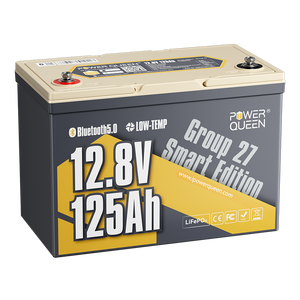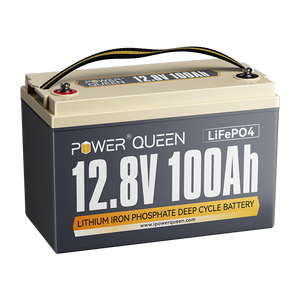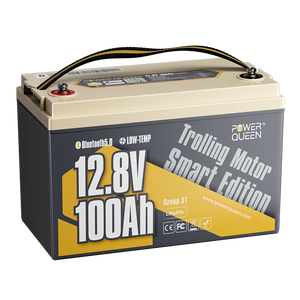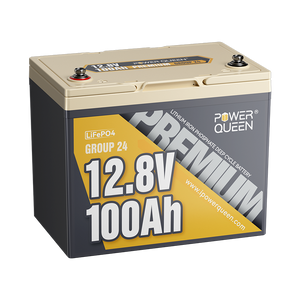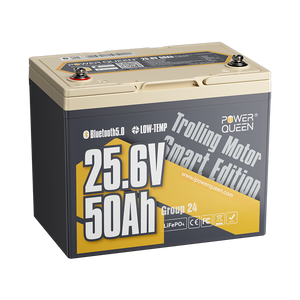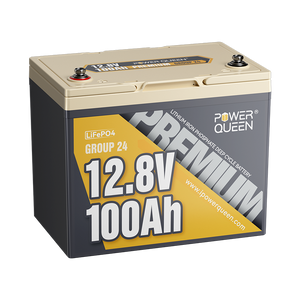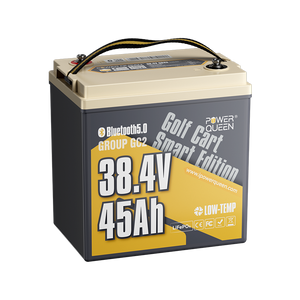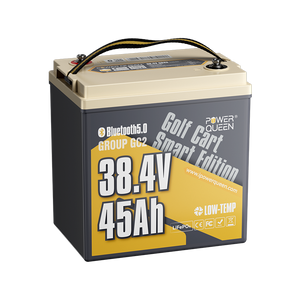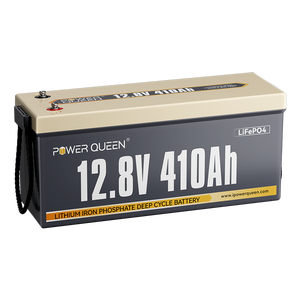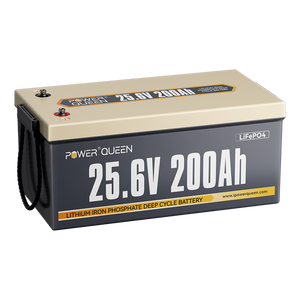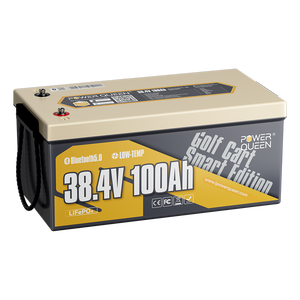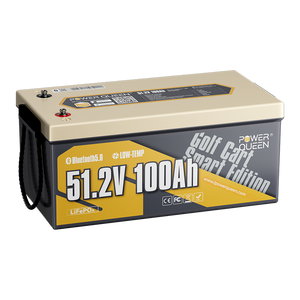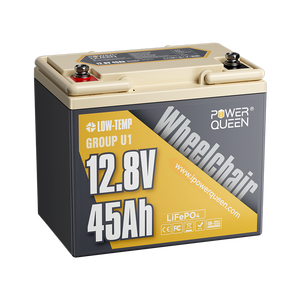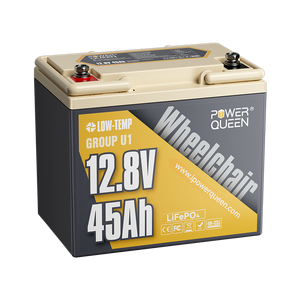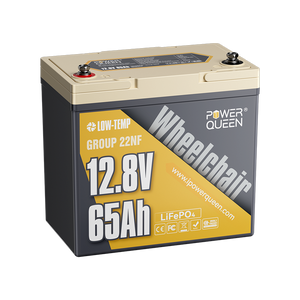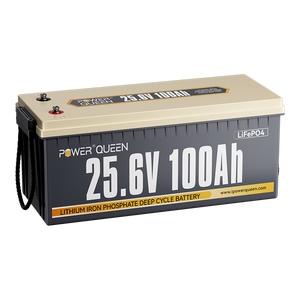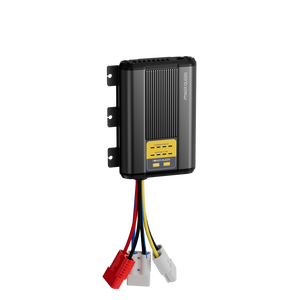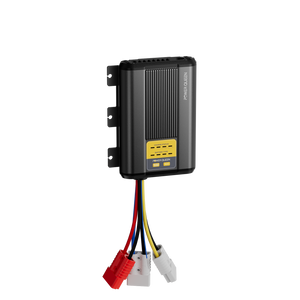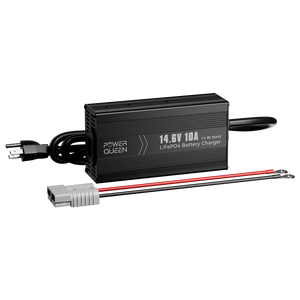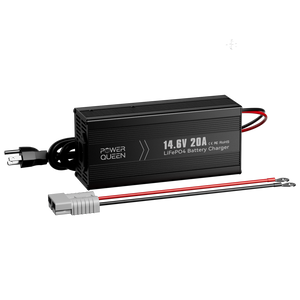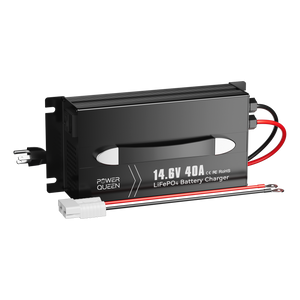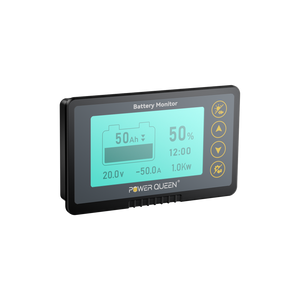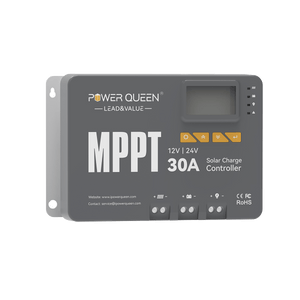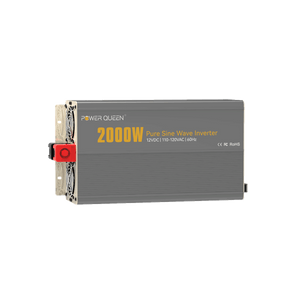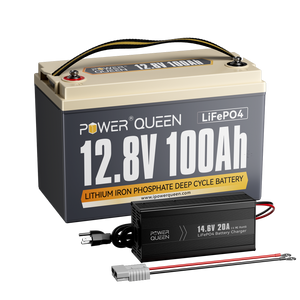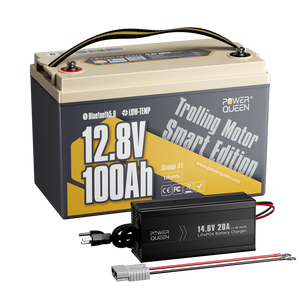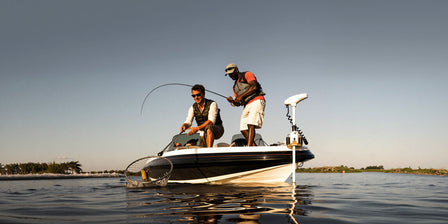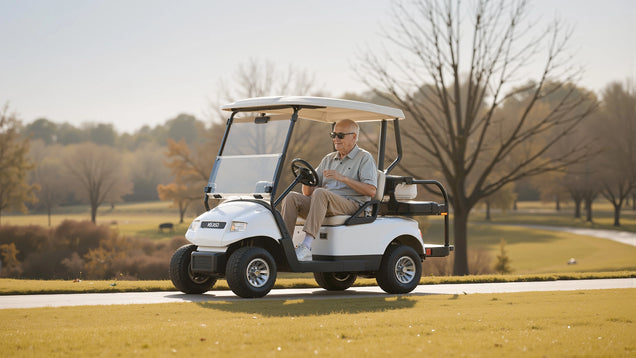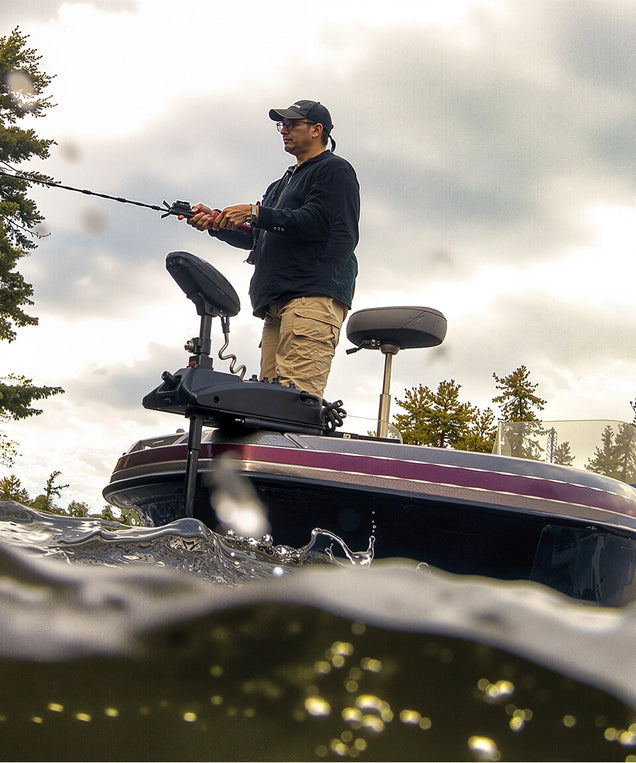Winter Fishing Tactics That Work: Tips to Catch More Fish in Cold Water

Most anglers stash their gear as soon as winter hits, thinking the fishing season is done. What they don’t realize is that cold-weather fishing can be some of the most rewarding of the year—especially when you understand the winter fishing tactics that help you work with the season instead of against it. Unlike warmer months, winter fishing demands patience, awareness, and small adjustments that make a big difference.
In icy waters, fish move slowly and feed only when it suits them, which means your usual summer tactics won’t cut it. Applying the right winter fishing tips helps you read the conditions better and avoid wasting time in unproductive water.
Success comes from mastering three essentials: staying safe, picking the right gear, and knowing the strategies that actually trigger bites when others go home frustrated.
Winter Fishing Safety
Understanding Cold-Water Risks
Fishing in winter comes with unique hazards. Cold water and icy surfaces increase the risk of hypothermia or slips, while shorter daylight hours can make navigation more challenging. Checking weather forecasts and letting someone know your plans are simple but essential steps for staying safe.
Ice and Open-Water Precautions
For ice fishing, monitoring ice thickness regularly and carrying ice picks is critical. Wearing a life jacket and observing the environment continuously prevents accidents. Even in open-water winter fishing, slippery decks and sudden storms require constant attention. Proper preparation ensures anglers can focus on fishing without unnecessary distractions.
Essential Gear for Cold-Weather Fishing
Clothing for Comfort and Warmth
Layering is key to staying warm. Moisture-wicking base layers keep skin dry, insulating mid-layers retain heat, and a waterproof outer shell protects against wind and moisture. Gloves should balance warmth and dexterity, boots need to be insulated and waterproof, and a good hat prevents heat loss from the head.
Rods, Reels, and Line Adjustments
Small gear modifications greatly improve performance. Oversized reel handles make cranking easier with gloves, and cork handles provide insulation against the cold. Rod holders allow hands-free periods without losing line contact. Using thinner lines improves sensitivity for subtle bites, while smaller hooks and lighter weights match the prey fish prefer in winter.
Comfort Enhancements
Simple additions, like hand warmers, portable heaters, or a thermos with hot drinks, can make a long winter outing manageable. Even minor modifications, such as wrapping rod handles with insulation or applying ChapStick to rod guides to prevent ice buildup, support smoother performance and help anglers focus on applying effective winter fishing tactics.
For reliable low-temperature power without adding bulk, many anglers now prefer a lightweight trolling motor lithium battery — it’s an unobtrusive upgrade that keeps your gear running longer in cold weather.
To learn more about which batteries perform best in cold conditions, check out our guide👉 Which Batteries Are Ideal for Fishing in Cold Weather? — it explains the options, benefits, and considerations for winter fishing setups.

Strategies for Catching Fish in Winter
Timing and Water Conditions
Winter fish are less active, making timing critical. Mid-afternoon often provides the best opportunity as water temperatures rise slightly. Sunny days can create warm microzones around rocks or submerged logs, which attract fish seeking slightly warmer water.
Locating Fish Efficiently
Many species spend most of their time in deep water but occasionally move into shallow feeding zones. Focusing on transition areas, where deep winter holding spots meet shallow structures, maximizes the chance of finding active fish. Understanding these movement patterns is essential, as fish rarely travel far in cold water.
Knowing where to go can save you hours. Our guide👉 15 Best Winter Fishing Destinations in the U.S. (Including Top Ice Fishing Spots) covers everything from icy lakes to milder coastal spots, helping you find productive waters no matter the season.
Presentation and Bait Selection
Lethargic fish respond poorly to fast-moving lures. Slow, deliberate movements increase strike rates, and downsizing bait—using smaller soft plastics, jigging spoons, or live minnows—better matches winter prey. Vertical jigging allows precise control and subtle movement that can trigger bites from fish that ignore aggressive presentations.
Leveraging Technology
Modern electronics, such as sonar and GPS, enhance efficiency by locating schools of fish and subtle depth variations. Finding active areas first ensures that anglers spend time where fish are concentrated rather than fishing unproductive water. Combining observation, refined presentation, and technology allows you to apply smarter winter fishing tactics in both open water and ice fishing conditions.

Winter Fishing FAQs
What species are best to target during winter?
In the Great Lakes, walleye, pike, perch, and lake trout stay active in winter. Trout feed well in cold water, bass are catchable with adjusted techniques, and panfish like bluegill and crappie perform especially through the ice. Steelhead in tributaries can also offer good fishing on milder days.
What are the best baits for cold-weather fishing?
Live baits like minnows, worms, and small shads work well. Slow-moving artificial lures, such as tiny soft plastics or small spoons, can also attract lethargic fish.
When does winter fishing peak during the season?
Mid- to late-winter often concentrates fish in predictable holding areas. Sunny days after cold snaps can temporarily increase activity.
How does ice thickness affect fishing strategy?
Fish often gather near openings or thinner ice where oxygen is higher. While 4 inches is generally safe for walking, slightly thinner zones can be productive feeding spots.
Can rivers or moving water be productive in winter?
Yes. Fish often gather in deeper pools, eddies, or areas with structure. Currents may require slightly faster presentation or added weight to keep bait in place.
Do saltwater and freshwater winter fishing techniques differ?
Core tactics are similar, but saltwater anglers focus on tides and channels, while freshwater anglers target stratified zones and ice edges.
Making the Most of Winter Fishing
Winter fishing can challenge even experienced anglers, but the rewards are clear when you approach it the right way. By focusing on safety, using the right gear, and adjusting your approach with proven winter fishing tactics, you can turn icy waters into productive fishing spots. Paying attention to depth, bait choice, and timing can make the difference between a slow day and a successful outing.
Prepare properly, stay focused, and you may find that winter offers some of the season’s most consistent and rewarding catches—especially when you carry the right winter fishing tactics with you on every trip.
💡 Pro tip: Having trusted gear like Power Queen lithium batteries can make those long winter days on the ice much more manageable.
Power Up This Black Friday — Up to 58% Off LiFePO4 Batteries!
Upgrade your RV, camper, or home backup system with Power Queen’s premium LiFePO4 batteries & accessories. Our 2025 Black Friday Sale is live — don’t miss the lowest prices of the year!

